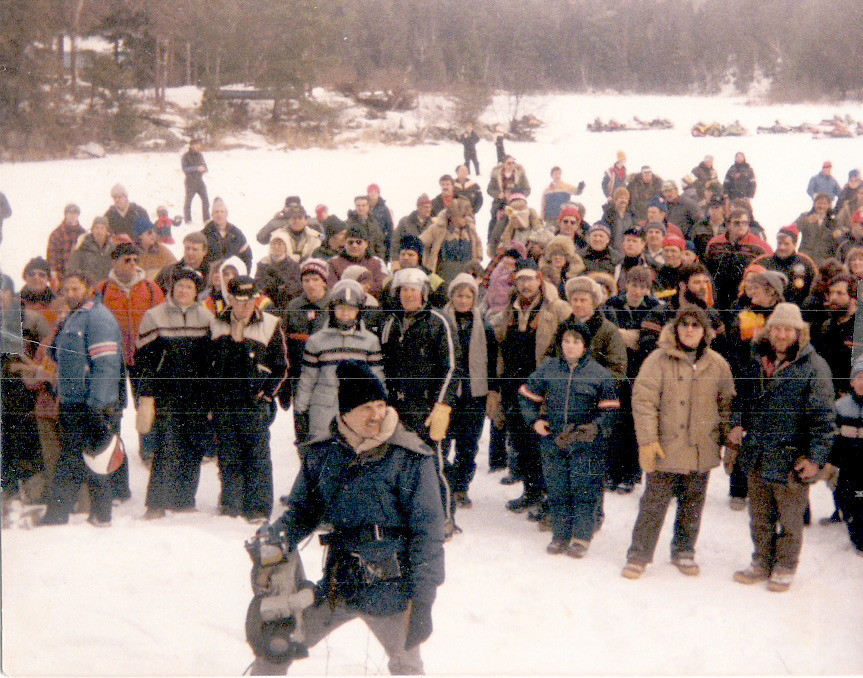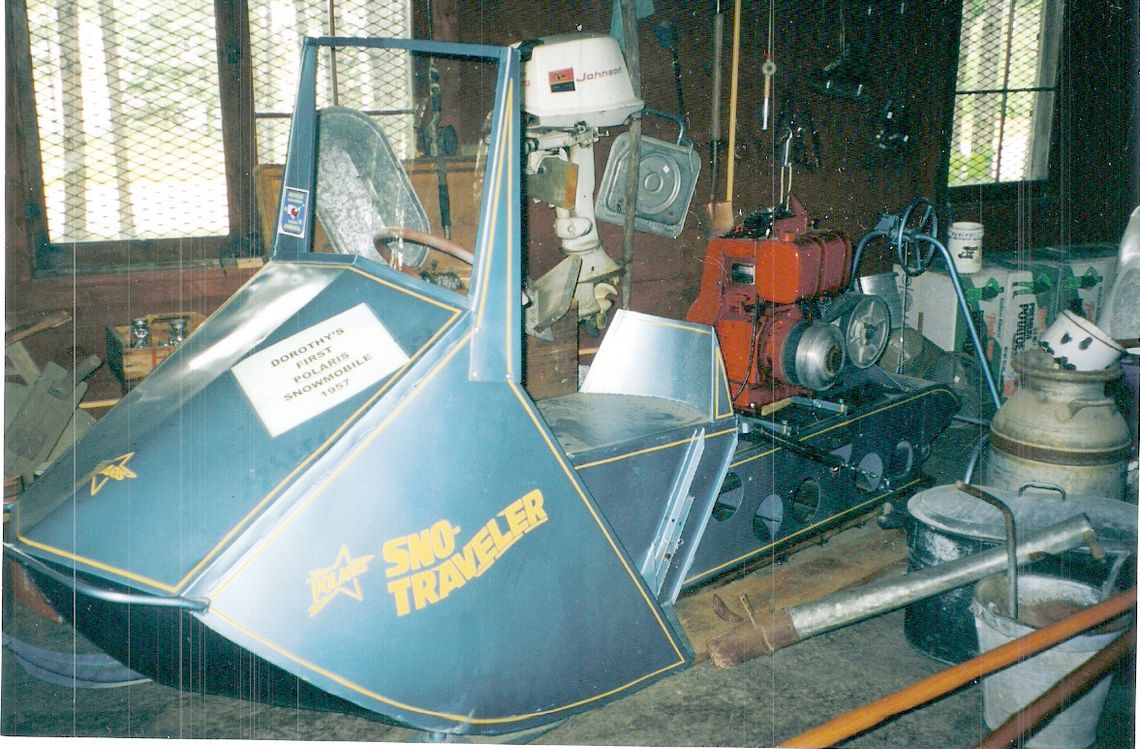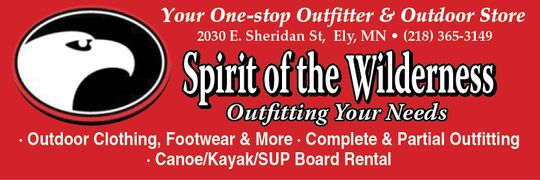… Snowmobiles and these other wilderness users would have created a great team of portage maintenance, and the route from Moose Lake to Saganaga would have been great for winter recreation
Letter to Editor: Bill Rom, Becky’s older brother, evidently doesn’t remember snowmobiles in the Boundary Waters. There were in use long before the 1970s. Snowmobiles were used in the Boundary Waters in the 1950s. They were used for winter ice fishing on Boundary Waters lakes, and they were a big help to Dorothy Molter on Knife Lake to bring up her supplies, especially the ingredients to make her homemade root beer. Dorothy’s first snowmobile was 1957 Polaris Sno Traveler.
Dorothy had to start making root beer due to the 1949 airplane ban over the Boundary Waters. The planes used to fly up cases of pop to the Knife Lake Fishing Camp.
The 1964 Wilderness Act management plan allowed the continued use of snowmobiles, restricting their width to 42 inches. Dorothy’s Angels (snowmobilers) continued to bring her supplies to Knife Lake until the end of 1983, although after Dorothy’s death in 1986, snowmobiles were allowed to bring her belongs and dismantled cabins out of the wilderness. The Forest Service even allowed a Memorial
Snowmobile Ride to Knife Lake in January 1987. My husband and I were on that ride with several hundred other snowmobilers.
The 1978 BWCA Wilderness Act had included the use of snowmobiles, at a width of forty inches until the end of 1983, but two routes to Canada are still allowed. FYI, snowmobiles today are over forty inches wide. Most have a ski stance width of 48 inches.
From the 1978 BWCA Wilderness Act, Sec. 4(e) For the purposes of this Act, a snowmobile is defined as any motorized vehicle, which is designed to operate on snow or ice. The use of snowmobiles in the wilderness designated by this Act is not permitted except that the Secretary may permit snowmobiles, not exceeding 40 inches in width, (1) the overland portages from Crane Lake to Little Vermilion Lake in Canada, and from Sea Gull River along the eastern portion of Saganaga Lake to Canada, and (2) on the following routes until January 1, 1984: Vermilion Lake portage to and including Trout Lake; Moose Lake to and including Saganaga Lake via Ensign, Vera and Knife Lakes, East Bearskin Lake to and including Pine Lake via Alder Lake and Canoe Lake.
In addition to the routes listed above, the Secretary may issue special use permits for the grooming by snowmobiles of specified cross-country ski trails for day use near existing resorts.
What was interesting in Bill Rom’s letter, him saying it was he and Heinselman who lobbied against snowmobiles in the Boundary Waters. This was never discussed with the Boundary Waters Conservation Alliance to be included in the 1978 BWCA Wilderness Act.
The banning of snowmobiles basically cut off access into the Boundary Waters for snowmobilers, skiers, and eventually sled dog teams which became more common after the snowmobile ban. Snowmobiles and these other wilderness users would have created a great team of portage maintenance, and the route from Moose Lake to Saganaga would have been great for winter recreation. Now these winter routes are scarcely used.
Nancy McReady Ely, MN

.jpg)










